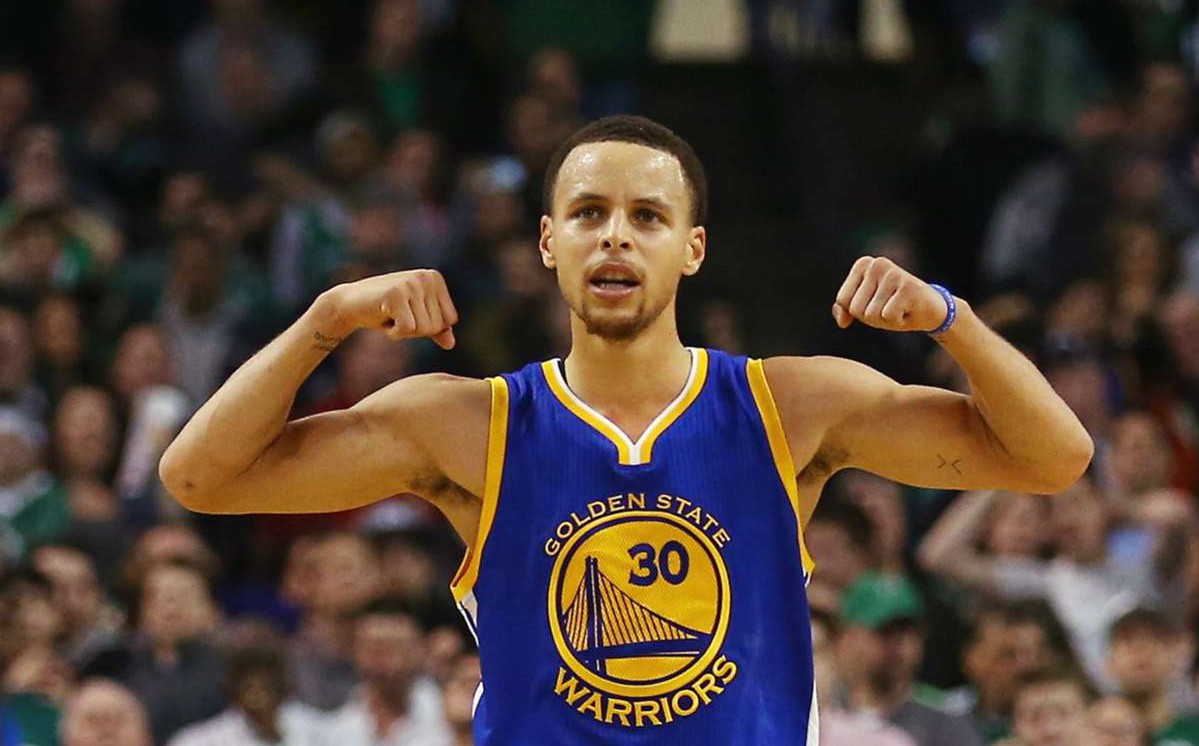Pace Revisited
Last week, I wrote about the challenges of using macro data — individual matchups, for example — in a micro game like daily fantasy NBA. In that piece, I suggested that using pace, which is more stable than one-on-one matchup data, is best for evaluating games and a player’s situation.
Here’s an example: The Detroit Pistons play at a pace of 96.79 possessions per 48 minutes when Kentavious Caldwell–Pope, who is considered one of the best wing defenders in the league, is on the floor. When he’s out of a game, it’s easy to think that the opposing shooting guard or small forward should receive a bump in value. However, the Pistons’ pace with KCP off the floor has been 95.94 possessions per 48 minutes. The Pistons defense is likely worse when KCP is off the floor — he’s posted a positive Defensive Real Plus-Minus (DRPM) each of the last two years — but the overall situation isn’t significantly better for the opposing wing because Detroit still plays at a bottom-five pace in the league.
Or take Draymond Green, who is the key cog in the Warriors’ No. 1 defense. The Warriors are certainly better defensively with Draymond on the floor: He has a +3.84 DRPM this season. That said, when he’s off the floor, the Warriors play 4.23 possessions slower. That’s a massive difference, as only 10.8 possessions per 48 minutes separate the NBA’s fastest team from its slowest. Essentially, when Draymond is off the floor, the Warriors go from easily the fastest-paced team in the league (ahead of Brooklyn) to around seventh. That may not seem like a big deal, but it is in a slate in which you have to analyze 10 games with different projected paces.
The difference between matchups and pace is that one is largely team- and scheme-dependent. Teams often have ‘identities’ and rarely deviate even if an important player misses a game. Does Kawhi Leonard‘s absence affect the defense of the Spurs? Yes. Does it change the slow pace with which the team plays? No, and that is often missed when analyzing injuries and matchups in daily fantasy NBA.
Which Players Impact the Pace and Scheme of their Teams?
All that said, I was curious as to whether some players have a prodigious impact on pace or scheme. To explore this question, I looked at team pace when each player has been on and off the court (per our On/Off tool). Here’s the data:
What you will notice is that some players, notably Stephen Curry, indeed do have a significant effect on team pace. With Steph on, the Warriors play at 105.64 possessions per 48 minutes (easily tops in the league) and, with him off, 97.49 possessions per 48 minutes (that would rank 22nd in the league). That difference of 8.15 possessions/48 minutes is massive.
The Warriors and we as DFS players haven’t felt the full effect of that difference because Steph hasn’t missed a game this season. If that were to happen, however, and backup PG Shaun Livingston were to start, it would likely affect the value of not only the Warriors’ opponents but also the Warriors themselves. For instance, if they played the Dallas Mavericks, who operate at the league’s second-slowest pace, not only would the Warriors have to deal with a team-wide pace differential of 9.8 possessions/48, but they’d also have to deal with a reduced pace without their two-time MVP point guard.
Becoming the Razor
There’s so much data in the NBA. It can get incredibly overwhelming having to research on a daily basis. Take last night, when we got news that one of the best plays in the slate in Kawhi would be given the night off to rest. That occurred about 30 minutes before lock, and it fundamentally changed the outlook of the entire slate. When I write posts like this, it’s not to overwhelm. It’s to carve and shape. We discuss the word ‘process’ a lot here, and that’s not just about being consistent with your bankroll. It’s also about finding what the most important stats are and streamlining the way you research, whether it’s early in the day or 30 minutes before lock when you find yourself needing to change 100 of your lineups.
In the very first sentence of this piece, I took a shot at “macro data” in a micro sport like NBA. However, being macro is also important from process perspective. The data in the table above is valuable, and it’s likely directly applicable to even tonight’s NBA slate. However, not until we understand the impact of macro data can we efficiently utilize potential tournament-winning micro data. It’s nice to know that the Cavs play 3.55 possessions/48 faster with Kyrie Irving on the floor, but that’s only useful if you can apply it to your DFS lineups. In the battle of macro versus micro data, or matchups versus pace, or any X stat versus any Y stat, all factors matter.
“Bryan, What Are you Telling Us? To Study Every Piece of Data?”
Of course not, and that’s not realistic. Perhaps the answer is to study the outliers. Find and create heuristics and memorize what stands out from those. In the table above, Steph has the biggest impact on his team’s offense, but no player for the Pelicans significantly affects the team’s overall pace. The heuristics would be something like, “Steph controls his team’s pace, but the Pelicans have essentially pace-neutral players.” That’s not all that dissimilar from NFL heuristics like, “Drew Brees is good at home, and a lot of quarterbacks struggle in divisional games.” These dictums aren’t intended to be absolute. They’re meant to serve as stars at night: If you know enough of them well enough, you can navigate the ocean.
When the storm of NBA lock finds you, anything that helps you find your bearings quickly is valuable.





